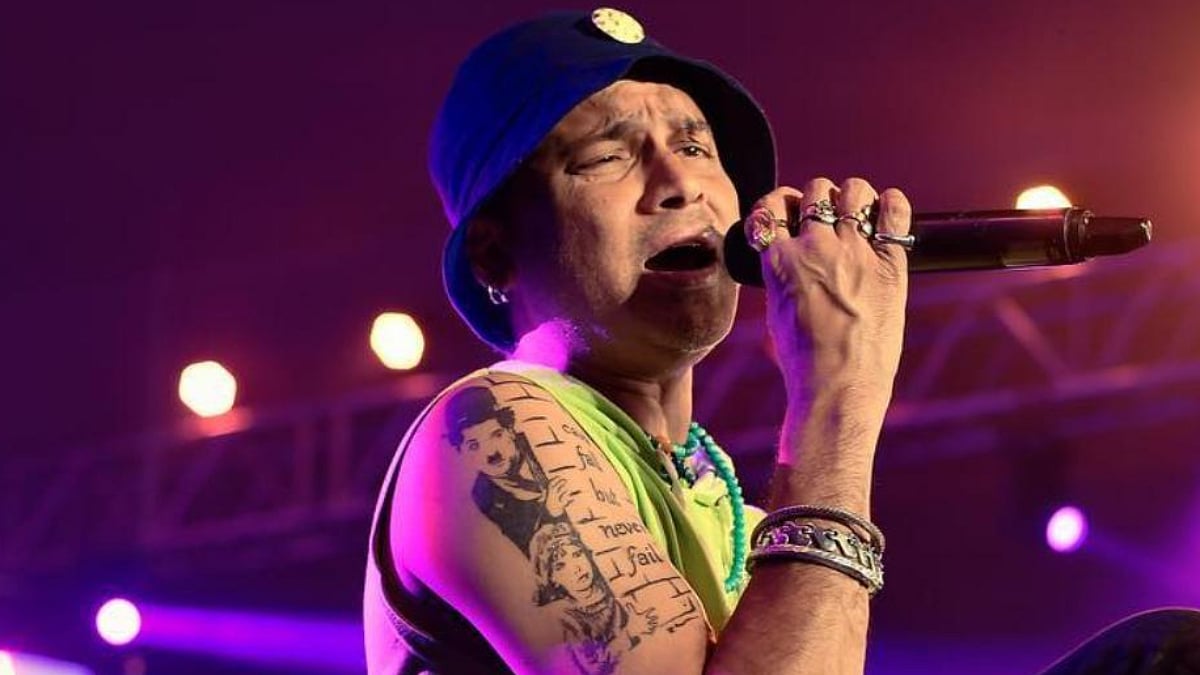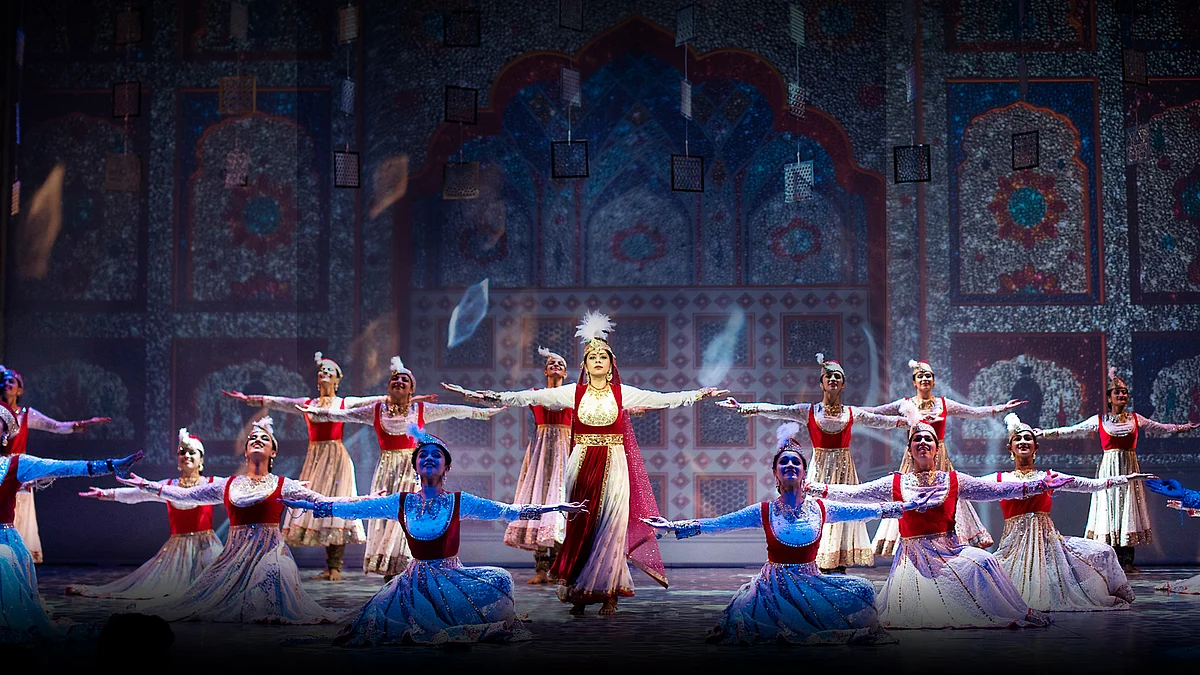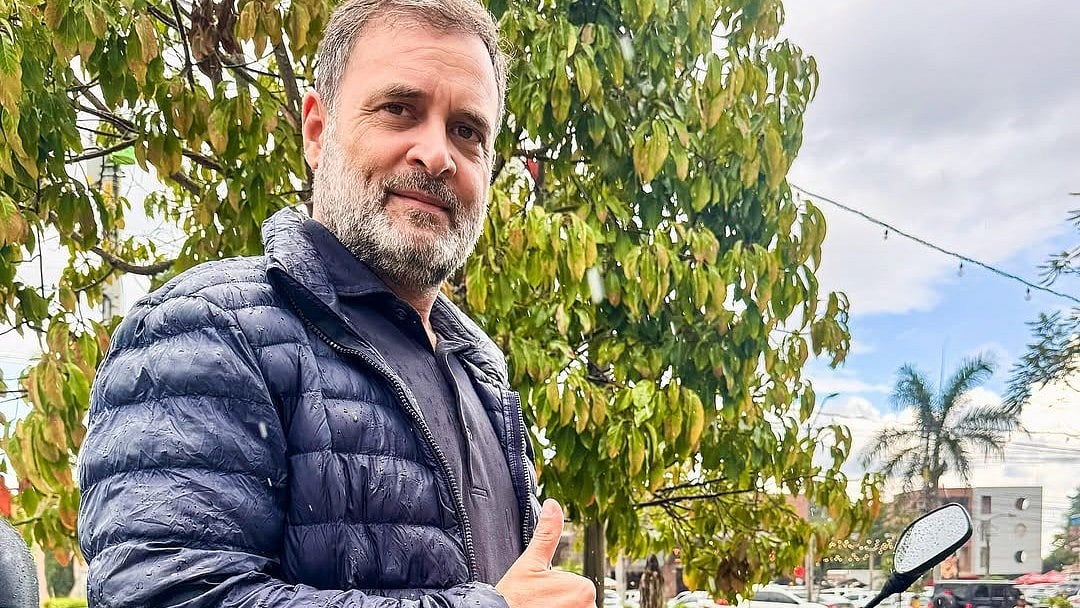In India’s evolving language debate, a familiar tension is bubbling up once more. States like Maharashtra, Tamil Nadu, and Karnataka are once again voicing discomfort over what they see as a subtle attempt to make Hindi more dominant in school textbooks, airport signs, and even government communication. It’s not a new fight. Similar resistance flared up in the 1960s. But today’s version carries a modern twist.
Because while politicians and policymakers are arguing over whether Hindi should stand taller than Marathi or Tamil, young Indians have already moved on and are speaking something entirely different. Whether you are scrolling through Instagram in Chennai, walking into a café in Bengaluru, or eavesdropping on a group chat in Mumbai, you’ll hear a language that doesn’t belong to textbooks. It’s a seamless fusion of Hindi and English, Tamil and English, Marathi and English, and what we now call Hinglish, Tanglish, Marlish, and more. These aren't formal languages. But they are living, breathing hybrids that reflect how urban Indians actually think and talk.
“I use Hinglish all the time while texting or talking to my friends. It just comes naturally. Some things are easier to say in English, others sound better in Hindi. We’ve grown up using both, so it just flows,” says Isha Das, a Gen Z. And she’s not alone. The rise of these linguistic mashups is less about breaking grammar rules and more about forging new connections in a changing digital world.
Modern India
Linguist and teacher Pranjali B sees this shift as an organic response to India’s changing cultural landscape. “Languages like Hinglish or Tanglish show how urban India is changing. People in metro and small cities are combining traditions with modern life. They make it easier for different groups to talk and connect, irrespective of their background or education. It’s a sign that India overall is becoming more flexible and global,” she explains. And this fusion isn’t limited to cities anymore. As smartphones, streaming platforms, and voice assistants become more widespread, the reach of these mixed languages has quietly spread to smaller towns and semi-urban spaces too.
Yet, code-mixing often draws criticism. Some say it reflects laziness, a decline in language purity, or bad English. “People do comment and say things like ‘Speak properly’ or ‘That’s not correct English.' But I don’t really care. Language is about expressing yourself, not showing off perfection. If the message gets across, that’s what matters,” says Isha.
Joe Sinha, another Gen Z from Mumbai, agrees. “There’s no point feeling judged. Everyone speaks their own way. They are free to speak that way but if someone is rude about it, I have usually reminded them the same in a polite manner.”
Use of AI tools
India’s hybrid languages can’t be completed without looking at technology. The rise of AI tools, voice assistants, social media influencers, and OTT content has made code-mixing the new normal. In fact, platforms today don’t just reflect the way young Indians speak, they amplify it.
Sumit Varma, an edupreneur and founder of Schoolyatra, Collegeyatra, and the Bharat Education Forum, explains how technology has learned to keep up. “AI tools are trained on mixed-language data. Voice assistants respond to hybrid commands like ‘Kal ka reminder set kar do’ without any confusion. Social media influencers and creators often speak the way urban Indians like mixing languages naturally. The change has helped eliminate the stigma around ‘incorrect’ language usage and made code-mixing a style statement,” he expresses.
Joe has also noticed how digital tools are adapting. “Sometimes when I use AI tools for translation, they struggle with mixed-language phrases. But they’re improving due to the large access to data they have.”
Fusion language
The younger generation feels like fusion languages like Hinglish are making conversations fun. They make conversations feel relaxed, humorous, and authentic. But even those who embrace them admit there’s a downside. “We are definitely losing touch with formal Hindi and other regional languages,” says Isha. “I don’t think we’ll go back to speaking old-school Victorian English either. Language changes and that’s natural. But if this trend goes too far, there is a possibility that in the future the basic structures of our languages will be depthless. Just look at how English has suffered under words like skibidi and rad,” Joe feels.
It’s a delicate balance. On one hand, code-mixing makes languages more accessible. On the other hand, it risks blurring the richness of India’s classical tongues. Sumit believes that both worlds can coexist. He reveals that “The growing acceptance of code-mixing underlines India’s deep-rooted multilingual mindset and its incredible linguistic flexibility. Language policy must be adapted by recognizing this hybrid reality. Educational frameworks should encourage multilingual proficiency while embracing code-mixing as a valid form of communication. The policy should support content creation, learning materials, and teacher training in ways that reflect how language is actually used today.” This inclusivity can lead to better engagement, especially among the youth.
What’s the future?
As India continues to grow, both economically and digitally, its language too is growing, not in one direction, but many. Hinglish and its cousins are not a rebellion. They’re a reflection of places, people and their identities. Isha feels that “Language always evolves with culture. For us, Hinglish isn’t confusing. It’s creativity.”
Pranjali agrees that fusion may well be the future especially for urban youth. But she also sounds a note of caution. “When we mix too much, younger generations might lose touch with the original, pure form of their mother tongue. Important cultural meanings, grammar, and old words might slowly disappear. That’s why we need a balance like mixing languages when needed, but also respecting and teaching traditional forms to keep them alive.”
India has always been a multilingual society, and fusion reflects the organic way people communicate in real life. It promotes accessibility, especially among younger audiences who may not be fluent in classical or formal versions of their native language. Fusion allows languages to evolve rather than erode. And as the language debate roars on, the youth of India is quietly doing what it always does. They are speaking from their heart, in a language that’s entirely its own.











